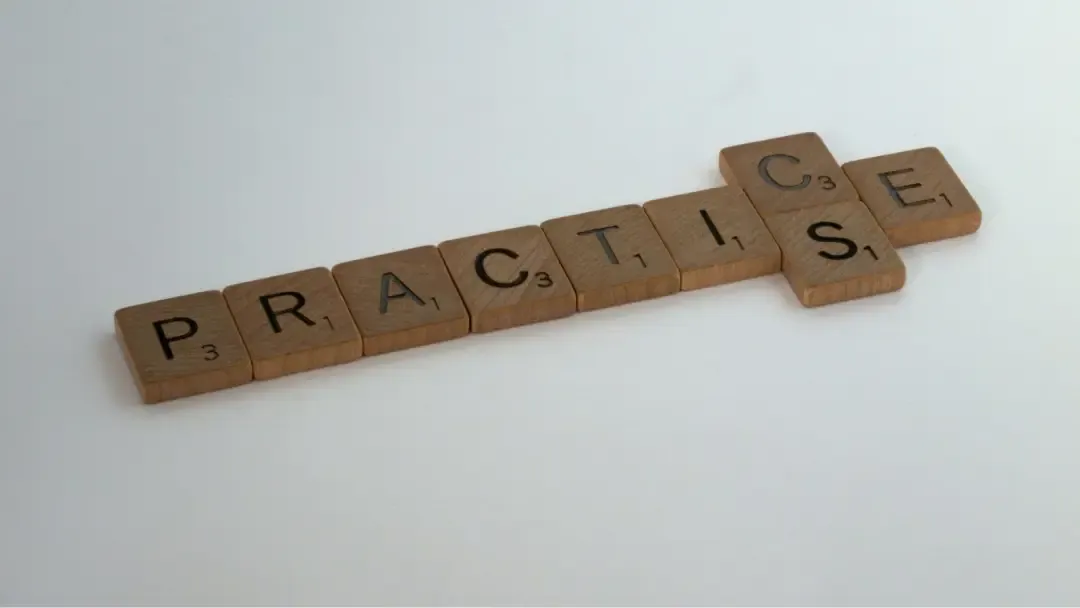Free Transcription Practice for Beginners - The Easiest Guide
March 2023
·
3 min read

The idea of listening to audio recordings and typing them sounds pretty simple. However, transcribing without a transcription software can be pretty challenging if you’re a beginner.
Transcriptionists need to have fast and accurate typing and should be familiar with different accents and technical jargon. There are no mantras for mastering the art of transcription, except for practicing. Sure you can find free audio transcription practice online, but HOW TO practice can be a big question mark.
Well, as a company that excels in transcription, we can provide you with some pointers that can help you become a proficient transcriber.
Learn why human transcription won’t go away for a while
Transcription practice for beginners
1. Practice typing

At the outset, you need to have a good typing speed to become a transcriber. Regular typing will pump up your typing speed and reduce errors. The faster you can type, the more you can transcribe. By improving your typing speed, you can get more work done in less time, eventually increasing your earning potential.
In a recent article, Ratatype claims that the average typing speed of a human is 37-44 words per minute (WPM). We will go out on a limb and say that’s not fast enough for a transcriber. Try and achieve at least 60 WPM, to begin with. You will find several free transcription practice tools which will help you boost your speed, accuracy, and typing muscle memory.
Try out Reduct’s transcription test and see if you can compete with the latest AI transcription. Transcription companies like GoTranscript and Scribe also provide free transcription practice so be sure to check them out.
2. Transcribe a diverse range of audio

Just like any other skill, your listening skills will also sharpen if you listen to a wider range of audio. As a transcriptionist, you need to have critical listening prowess. Try transcribing audio from interviews, phone calls, seminars, and personal conversations.
Some audio files contain many voices speaking at once, strong accents, background noise, or even technical jargon and complex names. It’s important to prepare yourself beforehand by exploring different ranges of audio.
As we mentioned before, you can find a lot of free transcription tests or audio files for transcription practice online with a range of audio tailored specifically for transcription practice.
Transcription practice for intermediate level
Now that we have covered the basics, let’s see what you can do to tweak your practice strategy if you have already been transcribing for a while.
As Tiger Woods once mentioned, "No matter how good you get, you can always get better." Follow these tips to get better at transcribing.
1. Practice touch typing

Typing speed and accuracy are two important skills when it comes to transcription. While typing fast is important, typing correctly is equally important.
Master the use of grammar, spelling, and accuracy to improve the quality of your transcripts. As your accuracy increases over time, you’ll start to work efficiently.
2. Practice specialized transcription

One of the best ways to improve transcription skills is to transcribe industry-specific content. This will help you establish your specialization in different fields like medical, legal, or general professional transcription.
This way, you build a diverse portfolio of doing accurate transcription work, have a secure job, and learn how different field of the industry works.
Finally, this will aid you to create error-free transcriptions that reflect the jargon and technical terms used within a particular industry.
3. Look out for common mistakes

Continuous improvement needs to be your motto if you want to excel as a professional transcriber. Reading company-specific transcription guidelines, getting feedback on the mistakes, and reaching out to your assigned mentor for reviews will help you build on your skills. Assess your common mistakes to discover your error patterns and constantly work on the areas where you need improvement.
Learn about Reduct’s Transcription GuidelinesSay ‘yes’ to transcription
With these pointers, you can get a head start in transcribing. Also, give Reduct’s transcription test a spin, where you can compete against Whisper AI, the top AI transcription software, and see how you perform.
Transcription is certainly not easy, but with determination and practice you can definitely master the art.


